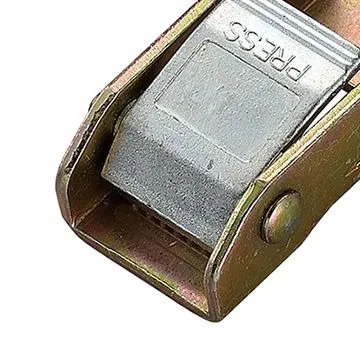Dec . 24, 2024 14:37 Back to list
Access Panel Designs for Gypsum Ceiling Installation and Maintenance
Exploring Access Panel Solutions for Gypsum Ceilings
Access panels are essential components in modern construction and interior design, especially when it comes to gypsum ceilings. These panels provide access to crucial areas behind the ceiling where electrical, plumbing, and HVAC systems are installed. With the increasing complexity of building infrastructure, understanding the importance and applications of access panels has become vital for homeowners, contractors, and designers alike.
What is an Access Panel?
An access panel is a removable door or panel that allows for entry to concealed spaces within a wall or ceiling. It is particularly vital in gypsum ceilings, which are widely used for their aesthetic appeal and functionality in various buildings. The primary function of these panels is to offer a convenient means to access mechanical and utility systems without the need for extensive demolition or repair work.
Importance of Access Panels in Gypsum Ceilings
1. Ease of Maintenance One of the main advantages of installing access panels in gypsum ceilings is the ease of maintenance. Building systems such as ductwork or wiring often require routine checks and repairs. With access panels, these systems can be inspected and serviced quickly, minimizing disruption to the building occupants.
2. Aesthetic Appeal Gypsum ceilings are favored for their smooth finish and ability to accommodate various textures and designs. Access panels can be designed to blend seamlessly with these ceilings, ensuring that the overall aesthetic remains intact. Contractors can choose from a variety of finishes and colors that match the ceiling, making them virtually invisible.
3. Cost-Effectiveness By enabling easy access to crucial systems without the need to remove large sections of the ceiling, access panels can save money on maintenance and repairs. This can significantly reduce the long-term costs associated with building upkeep.
4. Code Compliance Many building codes and regulations require access to plumbing, electrical, and HVAC systems. Installing access panels ensures compliance with these codes, providing a legal and safe means to access concealed infrastructure.
Types of Access Panels
There are several types of access panels designed specifically for gypsum ceilings, each catering to different requirements
access panel gypsum ceiling

1. Flush Access Panels These are designed to be completely level with the surface of the ceiling. They provide a streamlined look and are perfect for maintaining a clean aesthetic.
2. Hinged Access Panels These panels are mounted on hinges, allowing for easier access when inspecting or servicing the systems behind them. They are ideal for larger areas that require frequent access.
3. Fire-Rated Access Panels For ceilings that require fire safety measures, fire-rated access panels provide a barrier against smoke and flames while still allowing access to hidden systems. These panels are essential in commercial and industrial buildings.
4. Acoustic Access Panels Designed to maintain sound insulation, these panels are perfect for environments where noise control is essential, such as schools and offices.
Installation Considerations
When planning to install access panels in gypsum ceilings, several factors must be considered
- Location Determine the most strategic locations for access panels to ensure that they provide easy access without compromising the ceiling’s structural integrity. - Size The size of the panel must be adequate to allow comfortable access to maintenance personnel and tools.
- Compliance Always check local building codes to ensure that your installation meets all safety and accessibility standards.
Conclusion
Access panels are a crucial part of modern building design and maintenance, especially in gypsum ceiling applications. They provide a solution that balances aesthetics with functionality, allowing for maintenance and inspection without compromising the overall look of the space. As building technologies continue to evolve, the role of access panels will only become more significant, ensuring that our infrastructures remain both beautiful and functional. Whether you are a homeowner looking to install access panels or a contractor planning a new project, understanding their benefits will lead to smarter and more effective building solutions.
-
Durable Ceiling T Grid Systems | Easy InstallationNewsAug.29,2025
-
PVC Gypsum Ceiling: Durable, Laminated Tiles for Modern SpacesNewsAug.28,2025
-
Pvc Gypsum Ceiling Is DurableNewsAug.21,2025
-
Mineral Fiber Board Is DurableNewsAug.21,2025
-
Ceiling Tile Clip Reusable DesignNewsAug.21,2025
-
Ceiling T Grid Modular DesignNewsAug.21,2025







